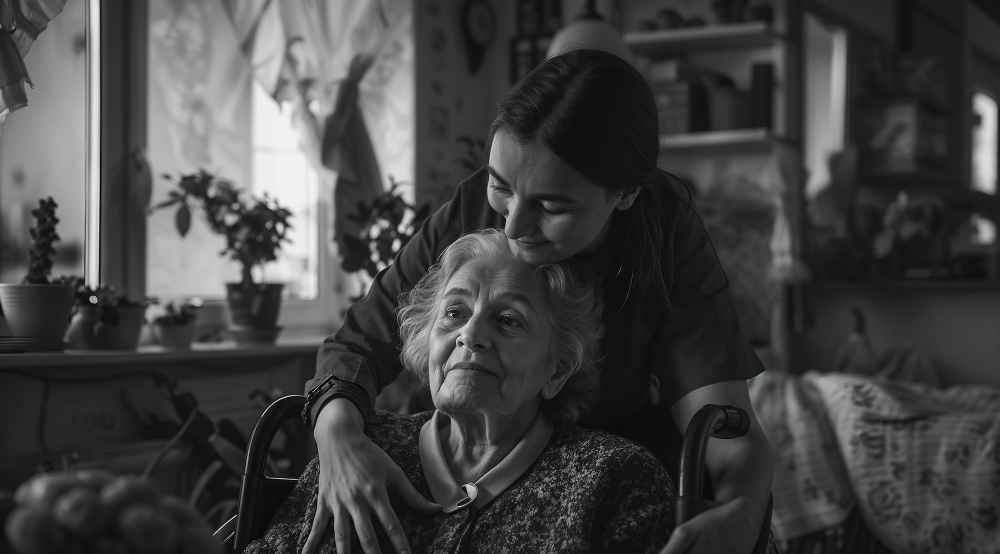Color is the heartbeat of any quilt. Whether soft and subtle or bold and vibrant, your color choices set the tone, convey emotion, and bring your design to life. But with countless hues, shades, and fabric types to choose from, selecting a cohesive palette can be one of the most challenging aspects of quilting. That’s where color theory comes into play.
By understanding the principles of color theory and how they apply across various fabric textures and prints, quilters can create visually striking pieces that feel balanced, intentional, and expressive.
The Basics of Color Theory
At its core, color theory is the art and science of how colours interact. It begins with the color wheel, which organizes colours into three categories:
- Primary colors: Red, blue, yellow
- Secondary colors: Green, orange, purple (created by mixing primaries)
- Tertiary colors: Combinations like red-orange or blue-green
From there, color relationships are defined by schemes:
- Complementary: Opposite on the wheel (e.g., blue and orange)
- Analogous: Side by side on the wheel (e.g., green, blue-green, and blue)
- Triadic: Three evenly spaced colors (e.g., red, yellow, blue)
- Monochromatic: Variations of one color using tints, tones, and shades
These schemes help quilters build palettes that evoke harmony, contrast, or mood, depending on their design goals.
Working Across Fabric Types
One of the joys of quilting is working with a variety of fabric types and textures, from solids and batiks to prints, linens, and upcycled materials. However, different fabrics absorb dye differently, which can cause slight shifts in hue and saturation, even when two fabrics appear to be the “same” color.
Here’s how to maintain color cohesion across diverse materials:
1. Start with a Color Anchor
Choose one fabric that serves as your anchor or inspiration piece. It could be a multicolour print, a hand-dyed fabric, or a vintage scrap with personal meaning. Pull additional colors from this anchor using one of the schemes mentioned above.
2. Balance Warm and Cool Tones
Every color has a temperature, warm tones (reds, oranges, yellows) tend to feel energetic and cozy, while cool tones (blues, greens, purples) feel calm and soothing. Mixing both adds depth but should be done with intention. Keep your temperature bias consistent to maintain visual unity.
3. Mind the Scale of Prints
When mixing patterned fabrics, consider the scale and contrast. Pair large-scale prints with smaller ones, and add solids or low-volume prints to give the eye a place to rest. This prevents the quilt from feeling too “busy” and helps each color shine.
4. Use a Design Wall or Digital Tools
Lay out swatches on a design wall or use digital palette tools (like Adobe Color or quilt-specific apps) to test combinations. Seeing the colors side-by-side will help you adjust before committing to cutting and piecing.
Color with Confidence
Quilting is a form of self-expression, and color is your voice. By applying the principles of color theory and being mindful of fabric variation, you can create quilts that are not only visually stunning but also deeply harmonious and personal.
For more, visit our website, Homethreads





